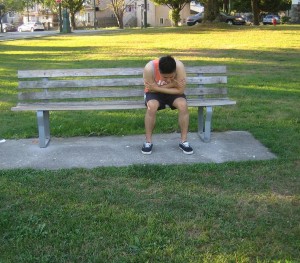Overview Of A Heat Rash
- Heat rash is an inflamed or red rash generally located on body parts that are covered by clothing.
- It can occur when the sweat ducts become obstructed and swell and usually leads to burning and itchiness.
- Heat rash generally occurs with babies, but it can affect adults in warm, hot climates.
Causes Of A Heat Rash

- With babies, a heat rash can be caused by well-meant parents who clothe their baby too warmly, but it can occur to any infant in very humid climate.
- Babies’ might feel cool when you touch them, but that does not mean they have to be clothed too warmly in humid weather.
Heat Rash Symptoms
- Heat rash appears like spots or tiny blemishes. In young kids, a heat rash can occur on the shoulders, neck, and head.
- The areas where the rash has occurred can get irritated by clothes or scratching, and, in some instances, an additional skin infection can develop.
Diagnosing A Heat Rash
Heat rash can usually be recognized by its appearance and does not generally need medical assistance. But if it doesn’t fade after 4 days, or if it doesn’t seem to be getting better, or if your child has a fever, phone your GP right away.
Be sure to lookout for symptoms of infection, including:
- Increased discomfort, inflammation, irritation, or warmth surrounding the affected area.
- Red lines spreading from the affected area.
- Drainage of fluid from the affected area.
Treatment Of Heat Rashes
The following methods can help alleviate symptoms.
- Start by getting rid of or untying your baby’s clothes and place them in a cool, shaded spot.
- Avoid creams or other ointments because they can aggravate the skin.
